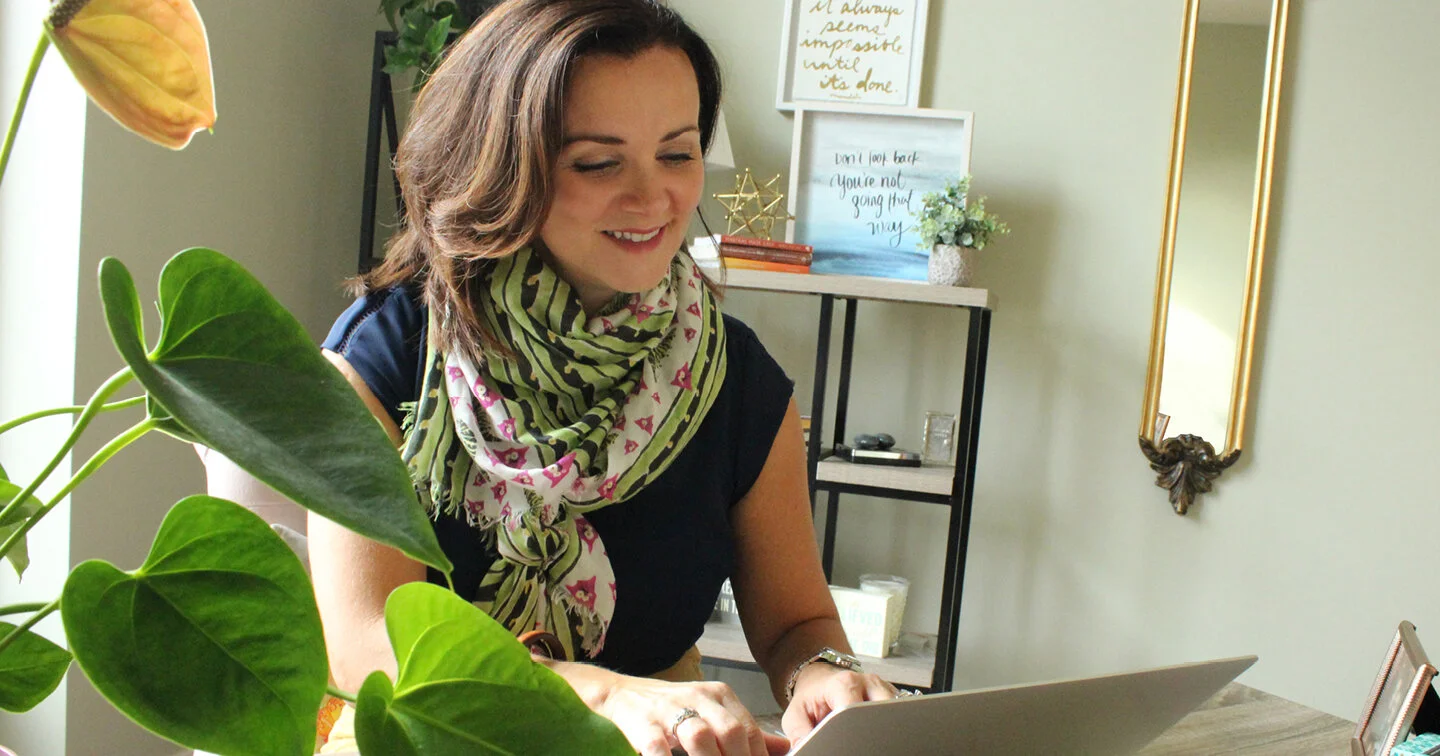Design a Life Worth Living
/Design a Life Worth Living
“Every life is a story. Whether it is a story worth telling and talking about, though, is up to you.” - Donald Miller, A Million Miles In A Thousand Years
Every morning, I start my day with a consistent routine of enjoying my bulletproof coffee in my office, and selecting books to read from that inspire, challenge, and motivate me to be a better human being. Re-reading words again, and inviting them to speak directly to me is one of the greatest gifts I give myself. The book I randomly selected this morning was Donald Miller’s A Million Miles In A Thousand Years. Often, I journal about the messages that inspire me. This morning, I feel compelled to share the messages that resonated with me so strongly.
Donald Miller wrote his successful memoir Blue Like Jazz in 2003. He was approached by two movie producers who wanted to make a movie of his memoir. During the course of their discussions, he realized that the life he was living, wasn’t actually a good story for the big screen. Many of his days were a forgettable series of routines that wouldn’t make a very compelling movie. He questioned “whether a person could purposefully plan their life, and then live it with intentionality.” After attending a writing workshop to learn more about what makes a good story, he was given this definition: “A story is a character who wants something and overcomes conflict to get it.”
Many of us want better experiences in our lives, but we struggle with the discomfort that it will take - the conflict - to get to the other side. It’s much easier to maintain our routines, to live in the mundane, to binge watch Netflix, than it is to reset and choose change. Yet, what if the whole point of our lives is to constantly evolve, and be able to look back at our intentional choices that built a purpose-driven life?
Here are 5 things you can do today to live a life with more intentionality.
Write down the ideals or guidelines for your life. What do you believe in? What are the most important things to you? These guidelines help shape our choices, where we spend our time, and who we choose to allow into our lives.
Examine where you spend your time and if it aligns with your guidelines. Everyone of us has 24 hours in each day. Our choice of where we spend our time is within our control. Does where you spend your time align with your life guidelines? If it doesn’t, what does it say about where you’re placing the most importance in your life?
Create a vision board or keep a dream list of experiences or goals. Is there a dream that you’ve never made time for? Are there experiences or places you’ve wanted to visit but never have? Fear is usually the culprit that stops many of us from pursuing things that have been on our hearts. Miller says “Fear isn’t only a guide to keep us safe; it’s also a manipulative emotion that can trick us into living a boring life.” Creating a visual representation of images and words that depict the life experiences that you want is a great way to manifest them. Frame your completed board, place it prominently where you can see it daily. Being able to reflect on the things that you say are important is the quickest path to realizing them.
Set boundaries. Where have you made compromises with your time, energy, and money because you felt like you “should” do something? Not setting clear boundaries with ourselves and others leads to resentment. What should you start saying “no” to in order to start saying “yes” to a bigger life? If you haven’t listened to Brene Brown talk about boundaries, I strongly encourage you to do so: Here is a direct link: https://www.youtube.com/watch?v=5U3VcgUzqiI
Start today. Our cells in our body regenerate all the time. Some cells regenerate daily, and other like our bones take 10 years. But, we are made new all the time. I find that so exciting! We can choose to do the same with our thoughts and our choices everyday.
I’ll leave you with a quote from another amazing book, Chase The Lion by Mark Batterson. “You are one idea, one risk, one decision away from a totally different life. Of course, it’ll probably be the toughest decision you ever make, the scariest risk you ever take. But if your dream doesn’t scare you, it’s too small.”





